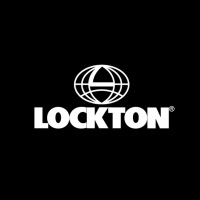
Lockton
What makes Lockton stand apart is also what makes us better: independence. Our private ownership empowers our 13,100+ Associates doing business in over 140+ countries to focus solely on clients' risk and insurance needs. With expertise that reaches around the globe, we deliver the deep understanding needed to accomplish remarkable results.






